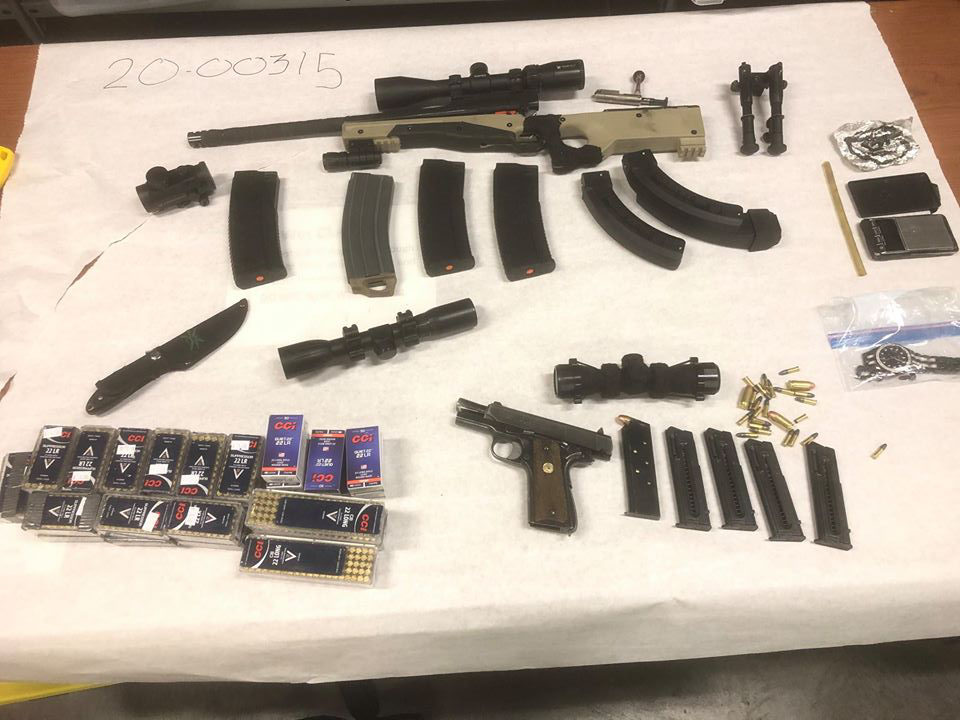It doesn’t matter if you’re an professional or amateur shooter, the parts of your optic contribute to making sure you get the best results. Having a comprehensive understanding of the components can aid in ensuring that you have the right equipment to perform optimally with each shot taken.

Optic Parts: Understanding their Role in shooting Sports
A reliable firearm is necessary to shoot sports such as hunting, competition shooting , or casual plinking at the range. Optic parts are an element that is frequently overlooked, but is crucial for precision and precision. Optic parts are also recognized by sighting devices and can be fitted to firearms to improve efficiency and accuracy. We’ll be discussing the importance of optic components and ways they can improve your shooting skills.
What Are Optic Parts?
Optic parts are devices that help shooters focus their guns more precisely. They come in a variety of shapes such as iron sights, red dots sights, holographic sights as well as magnified scopes. Each type of optic part has its own distinct features and benefits as well as the type of optic component you select will depend on your specific shooting requirements and preferences.
Iron sights are the simplest type , and they are the most common on firearms that are traditional. Front sight posts as well as an notch for the back sight are required to ensure that the sights are aligned with the targets. The red dot sights make the reticle appear to be dots on a lens by using a tiny LED. They are famous due to their speedy acquisition of targets and ease of operation. Holographic sights produce one by using a laser. They are commonly used in military and tactical applications. Magnified scopes can also utilize lenses that magnify targets. This makes it easier to aim accurately at long distances.
Optic Parts What are they important?
Optic components are crucial because they aid shooters in aiming more precisely and efficiently. By using optic parts, shooters are able to shoot more accurately, especially at longer ranges. Optic parts can also facilitate quicker target acquisition process, which allows the shooter to aim quickly and with greater accuracy. Optic parts can also improve the accuracy of shooting in low-light conditions, which is the reason they are crucial in tactical and hunting situations.
The Right Optic Parts to Choose
It is vital to select the right optics parts to enhance your shooting skills. There are numerous things to consider when picking an optic component, which include your shooting preferences, budget and the type of firearm. Additionally, you should consider the magnification and the type of reticle.
The magnification component refers to the amount of zoom it provides. Magnified scopes are commonly employed for long-range shooting as they permit shooters to precisely target targets from hundreds of miles away. But, magnified scopes might not be suitable to shoot close-range. Holographic and red dot sights are commonly employed for close-range shooting as well as quick target acquisition, which makes them popular among shooters with tactical skills.
The type of reticle is an important factor to consider when choosing an optic component. Reticles come in different styles and are suitable for different shooting scenarios. For example, a simple crosshair reticle is perfect to shoot at targets, while a BDC (bullet drop compensating) Reticle is ideal for long-range shooting.
Maintaining your Optic Parts
When you’ve selected the optics you want it is important to keep them in good state. A proper maintenance program will ensure that your optic parts remain accurate and reliable for years to be. The most basic maintenance tasks are cleaning the lens, checking the zero, and properly storing optic parts when not in use.
Cleaning the lenses is essential for ensuring that your optic components provide precise and clear image. To clean the lenses use a microfiber cloth and an eye cleaner. Avoid using paper towels or other rough objects that could scratch the lenses.
To ensure that they are aligned correctly, make sure you check the zero of all of your optical components. In time, recoil, and other elements can cause optic parts to become misaligned. To verify the zero for a couple of shots at a point and then adjust the optics in the event that they need to.
For more information, click Glock trigger

